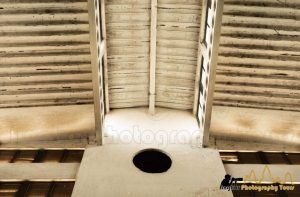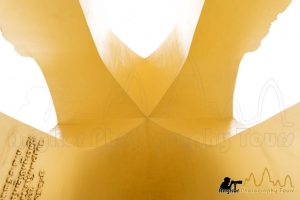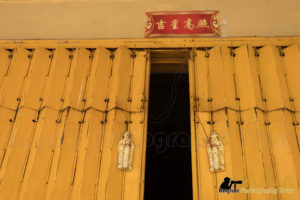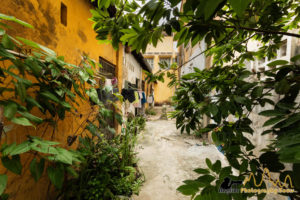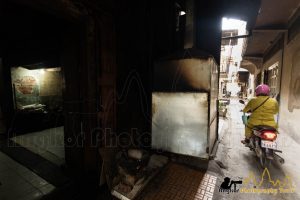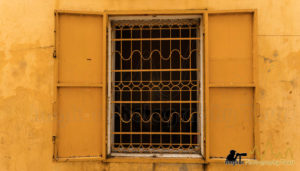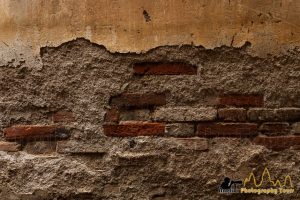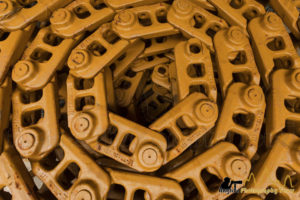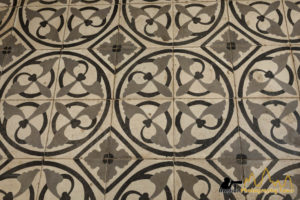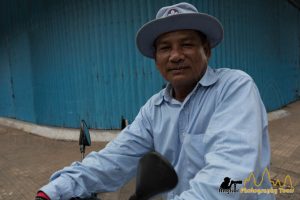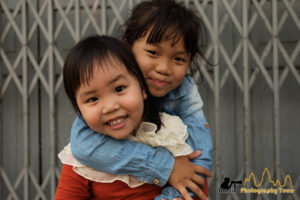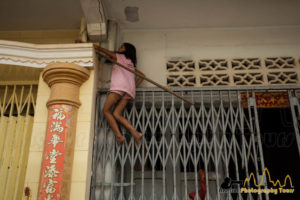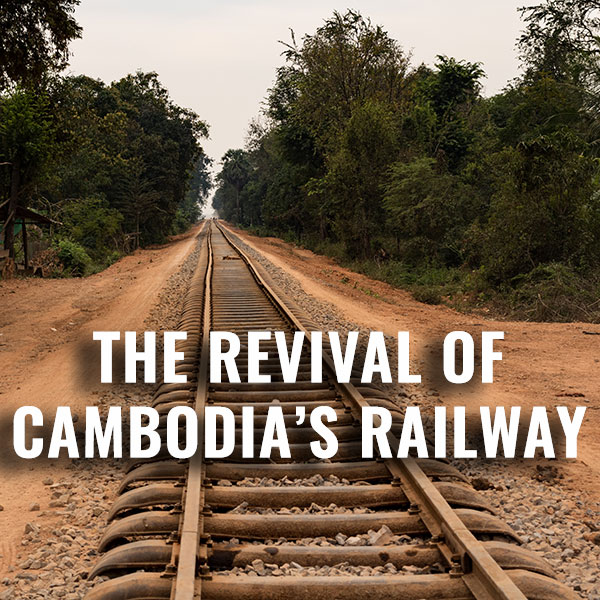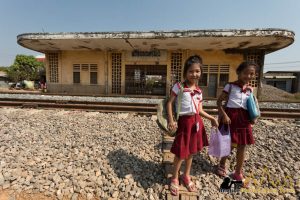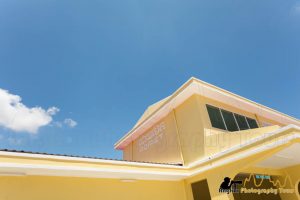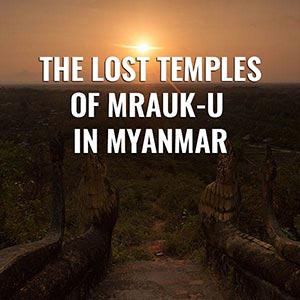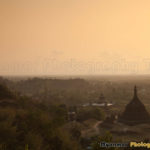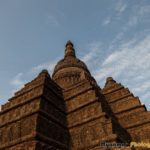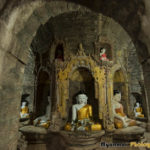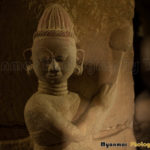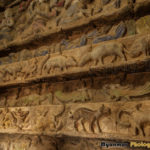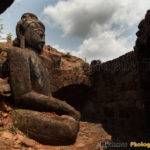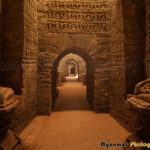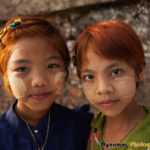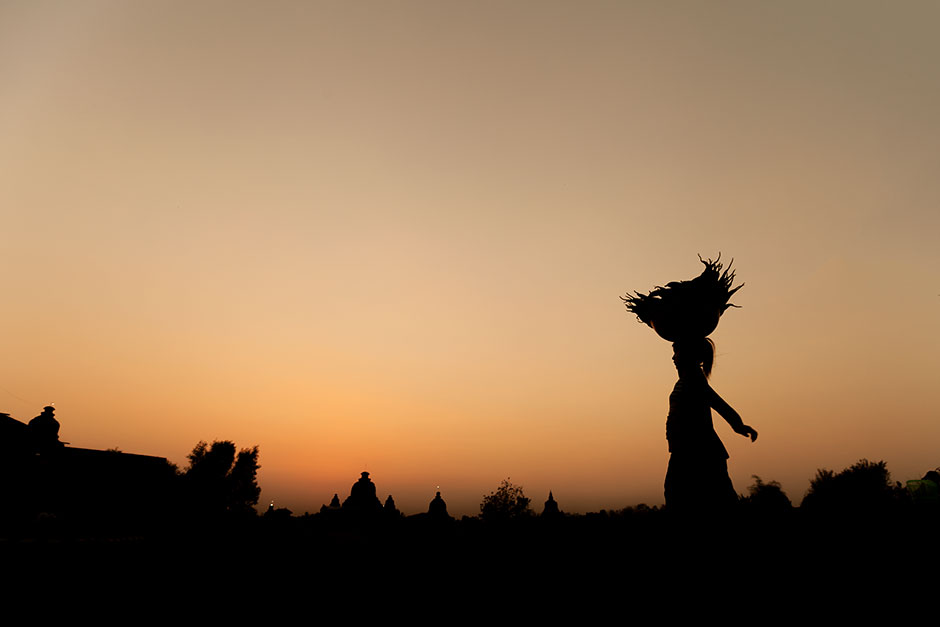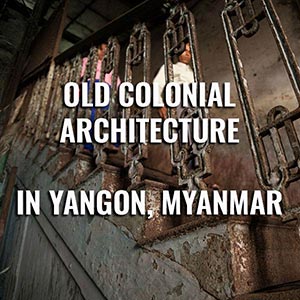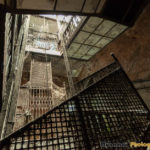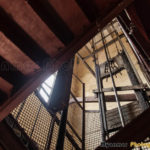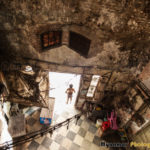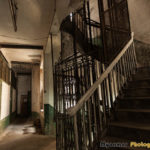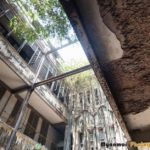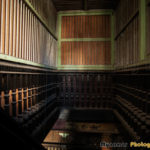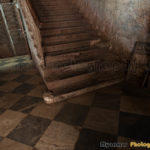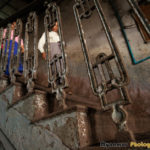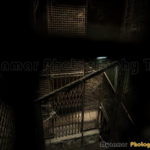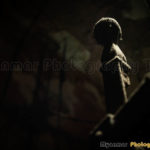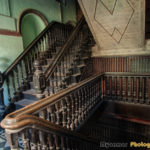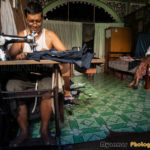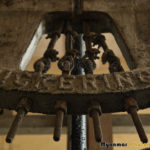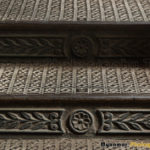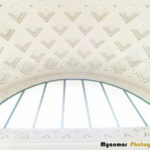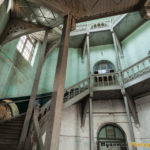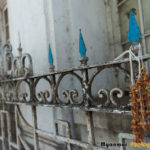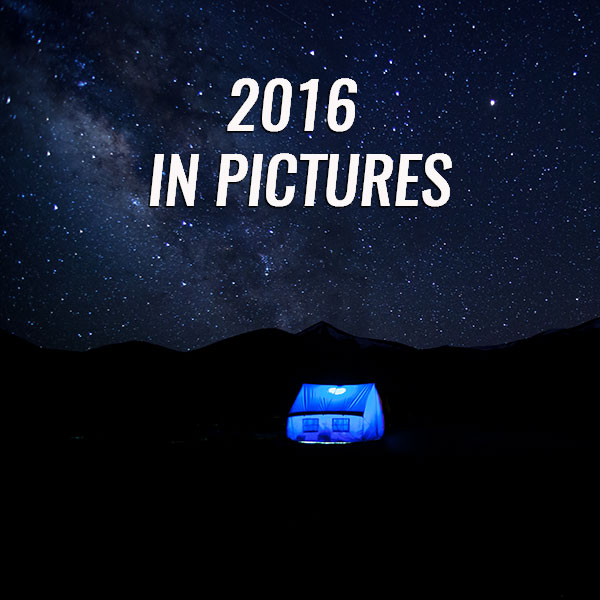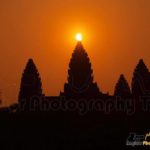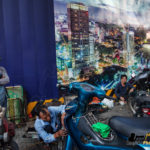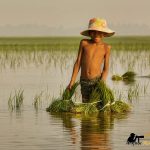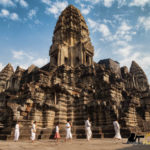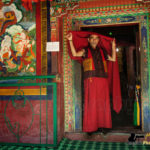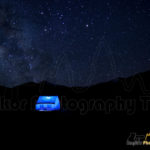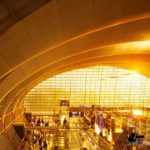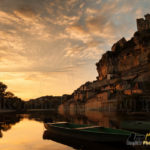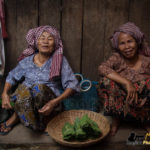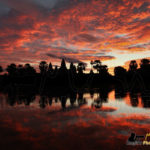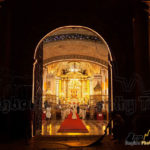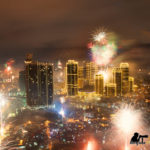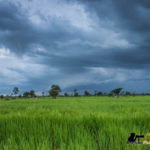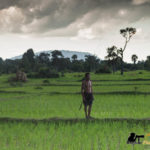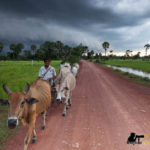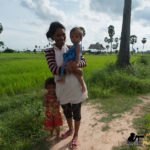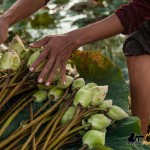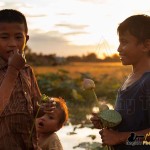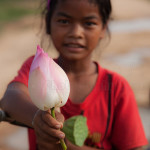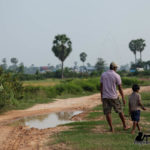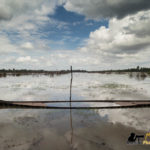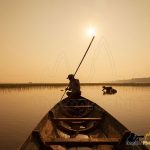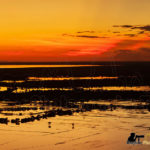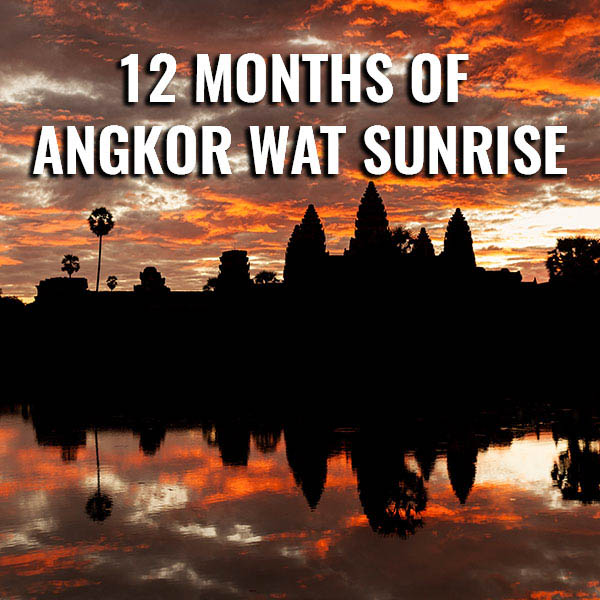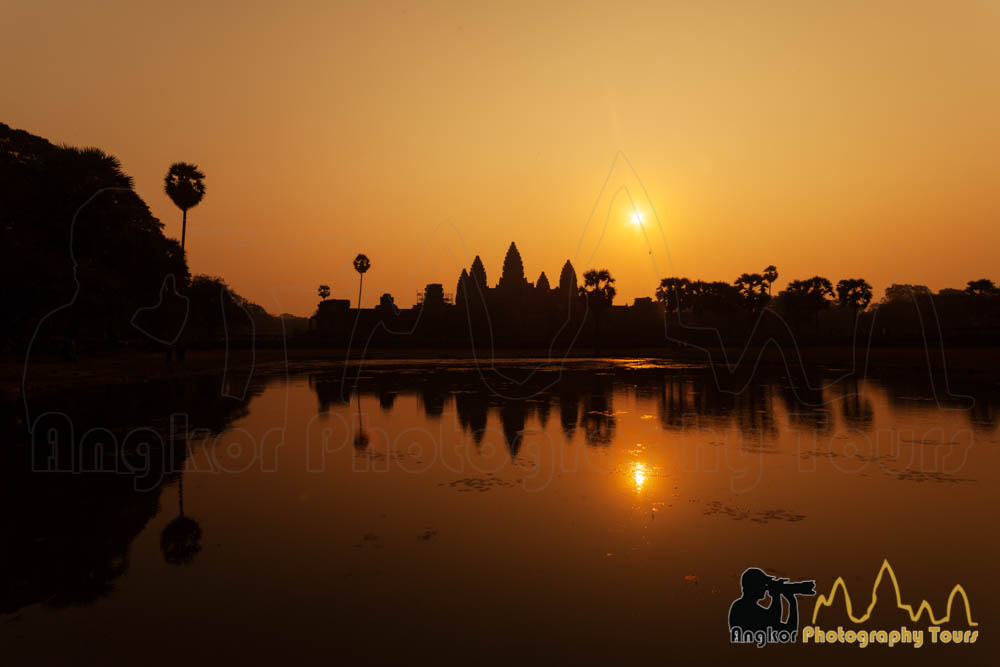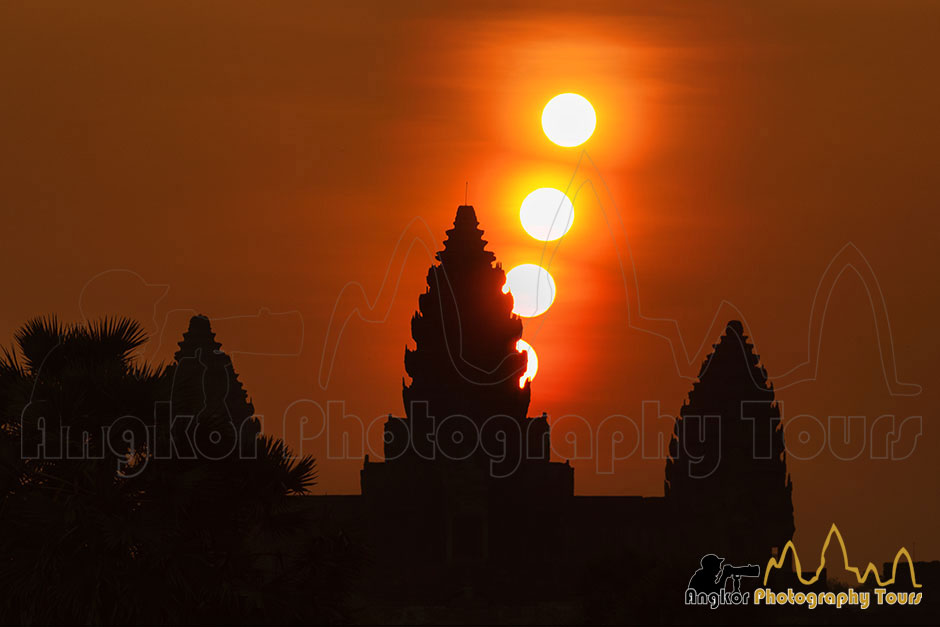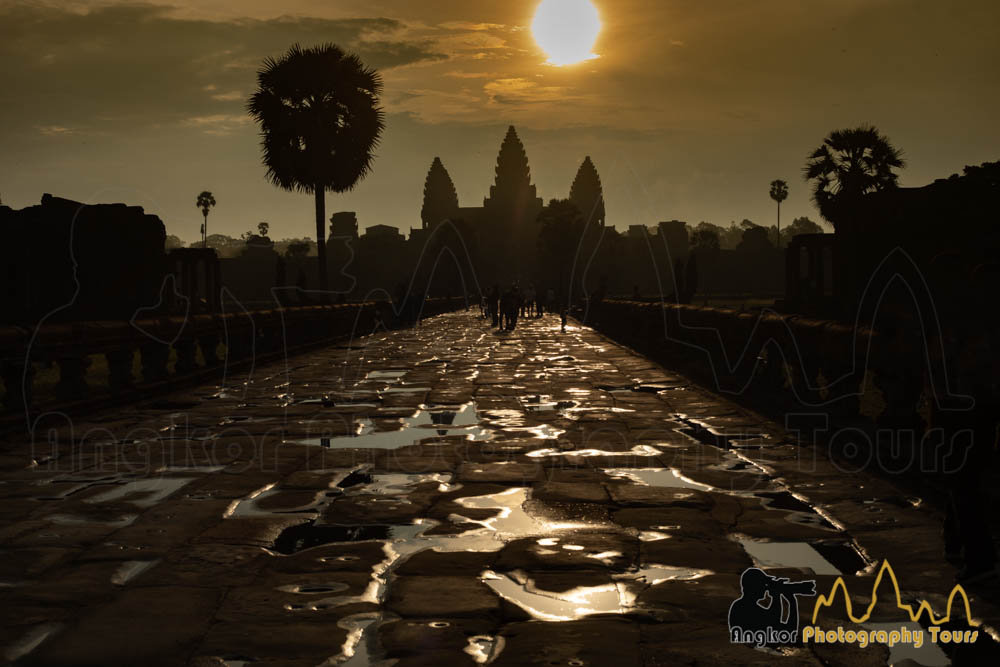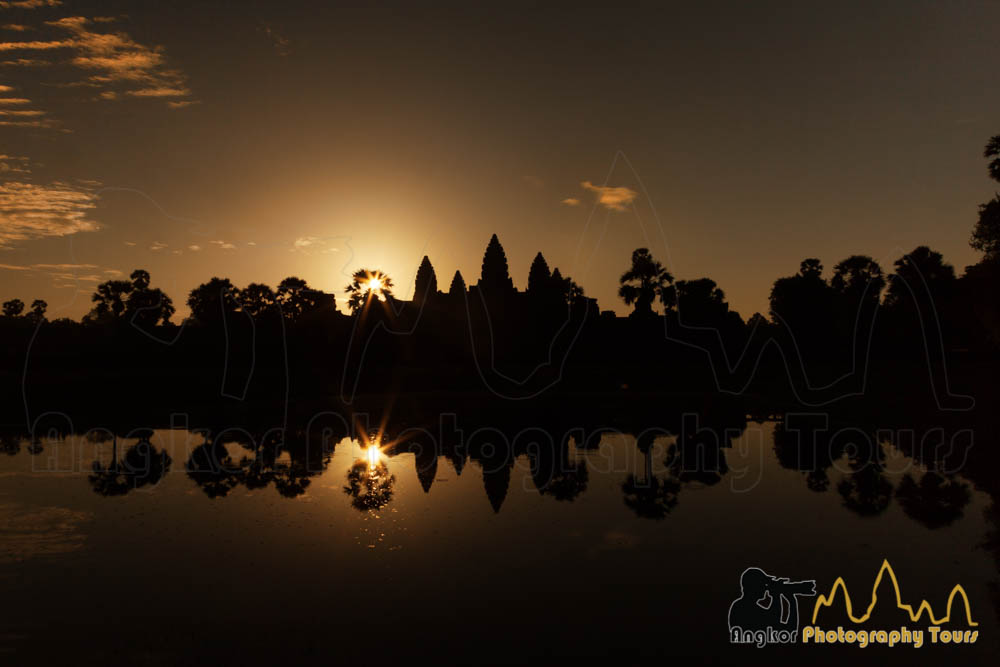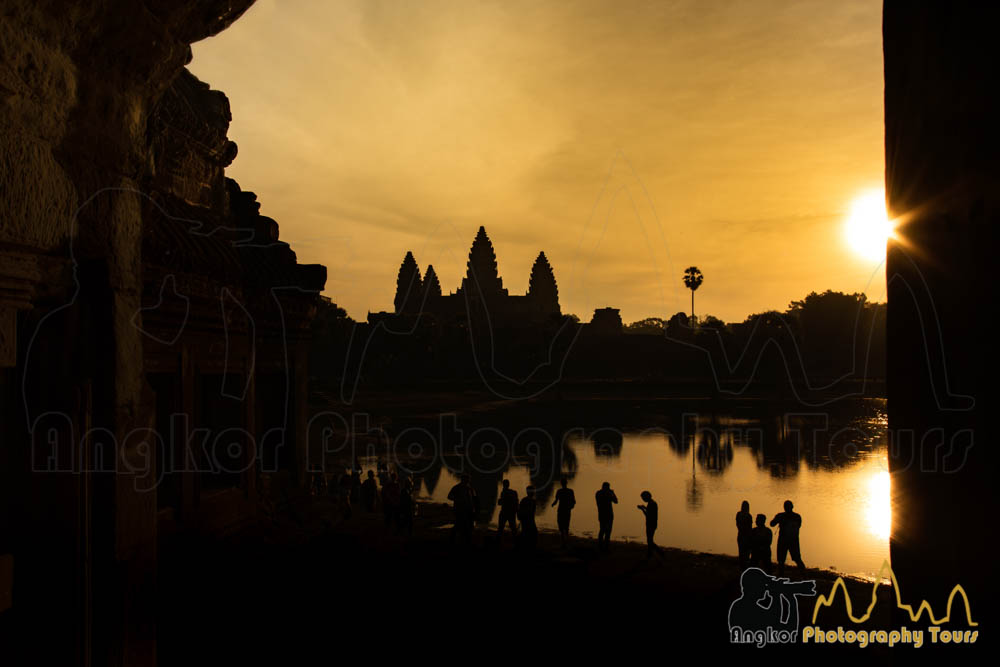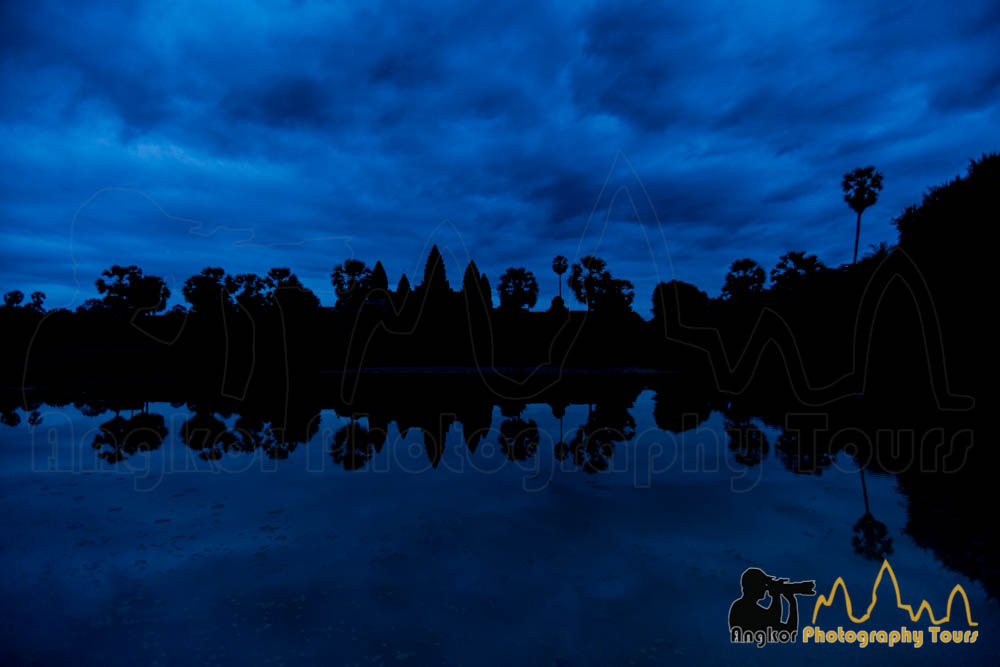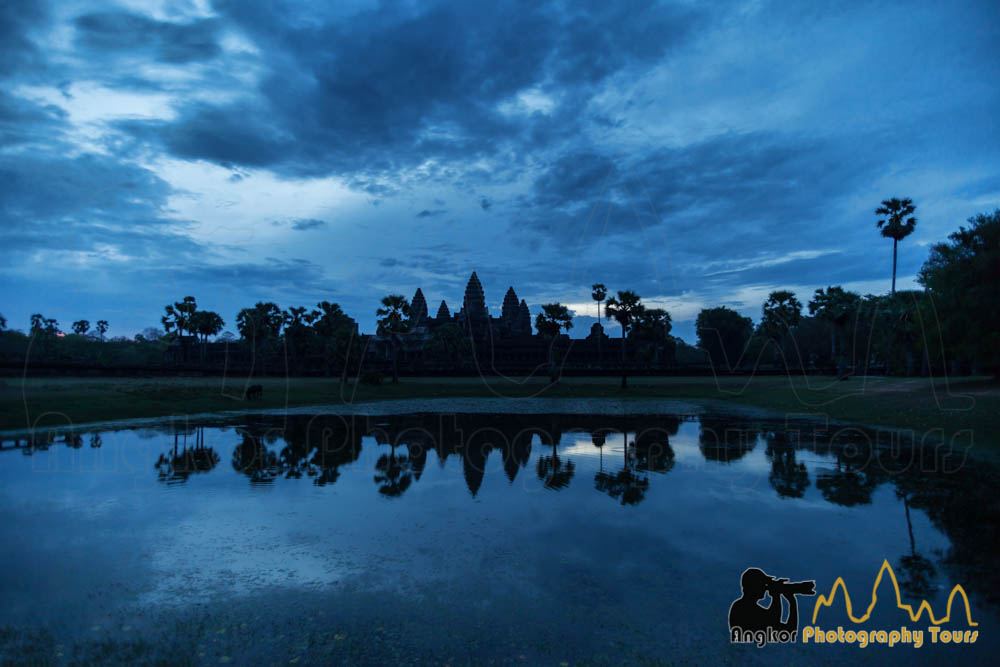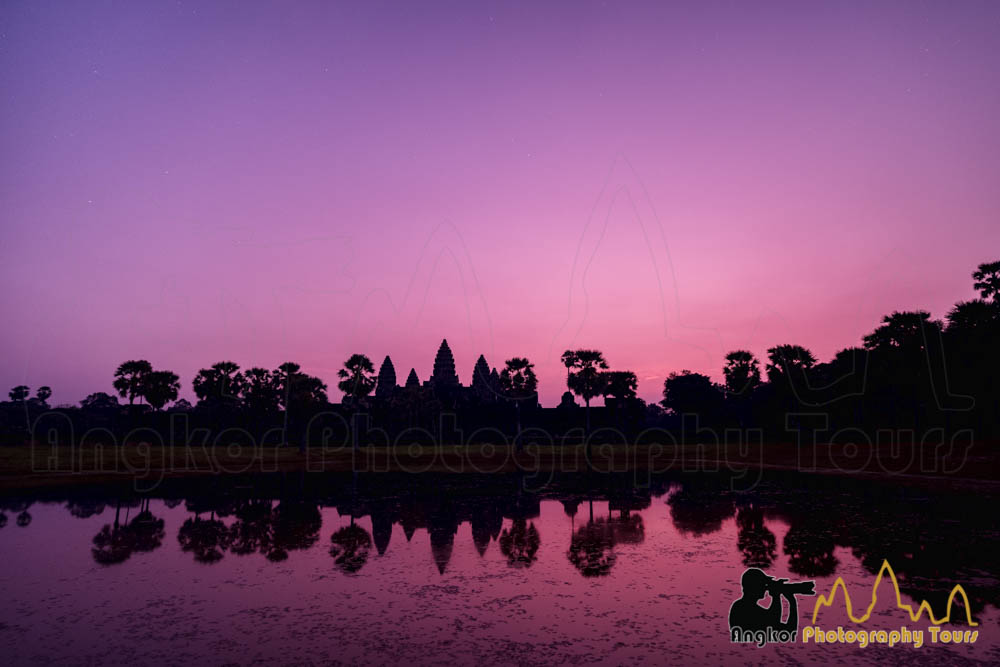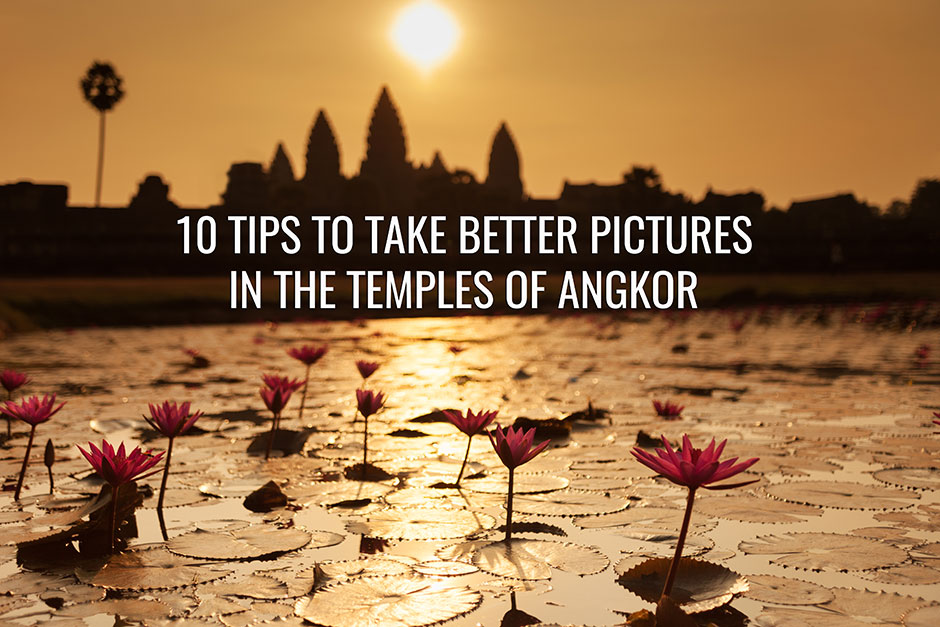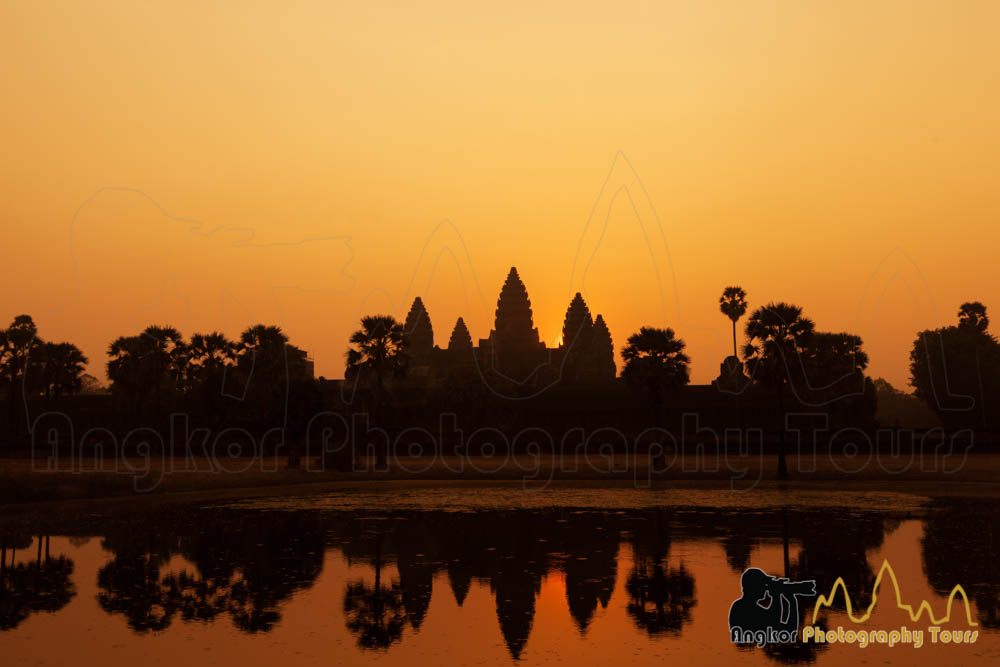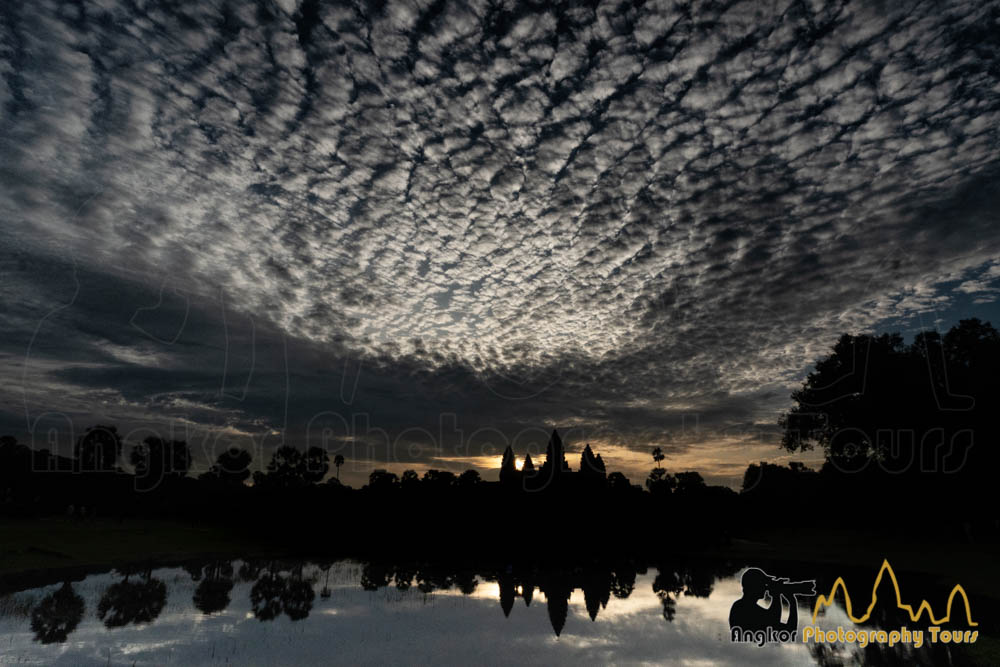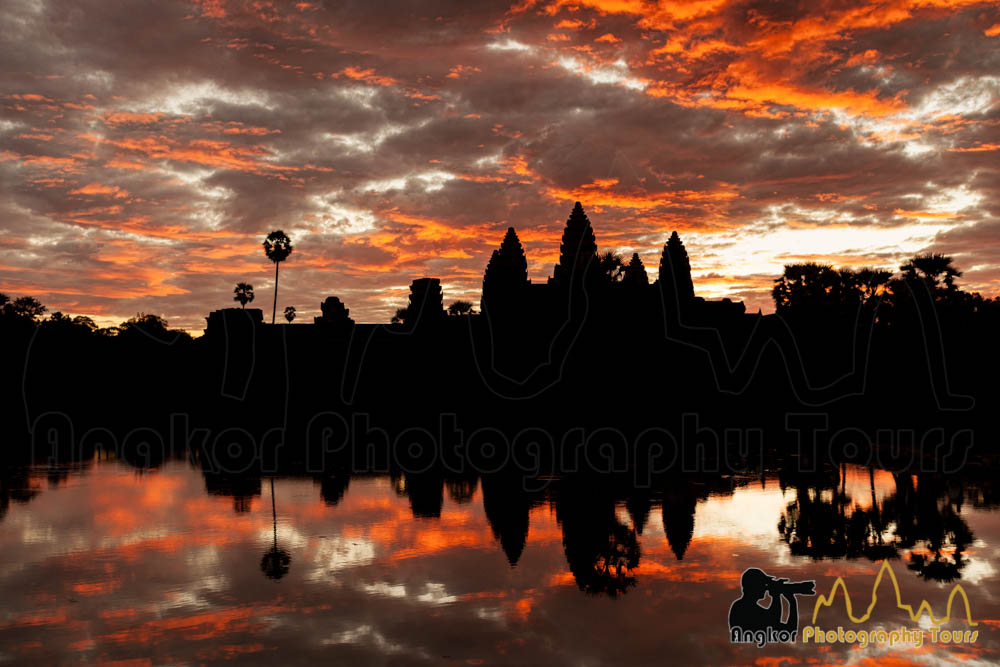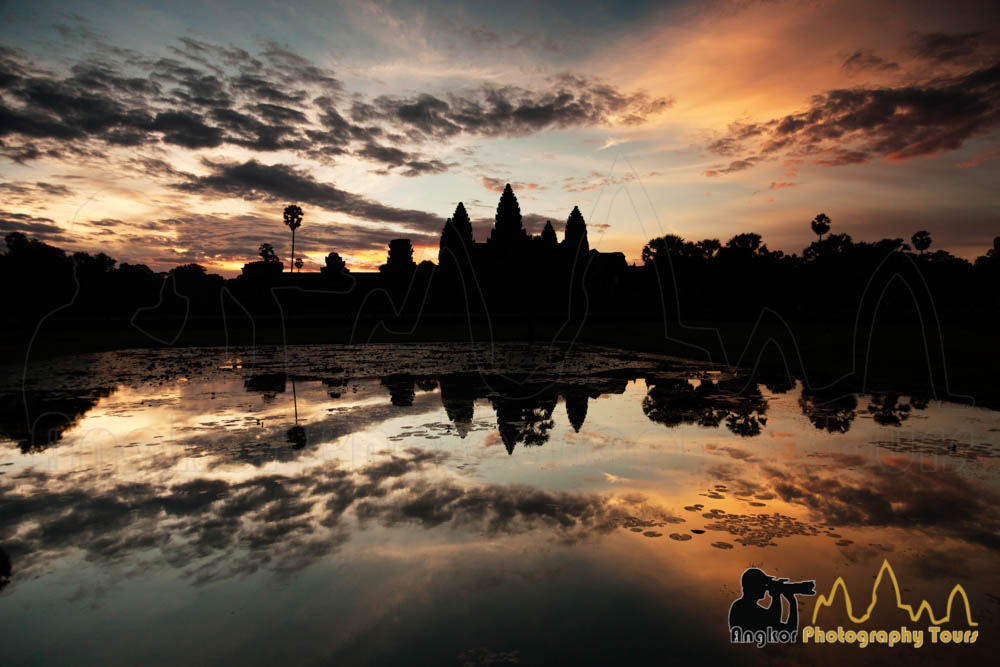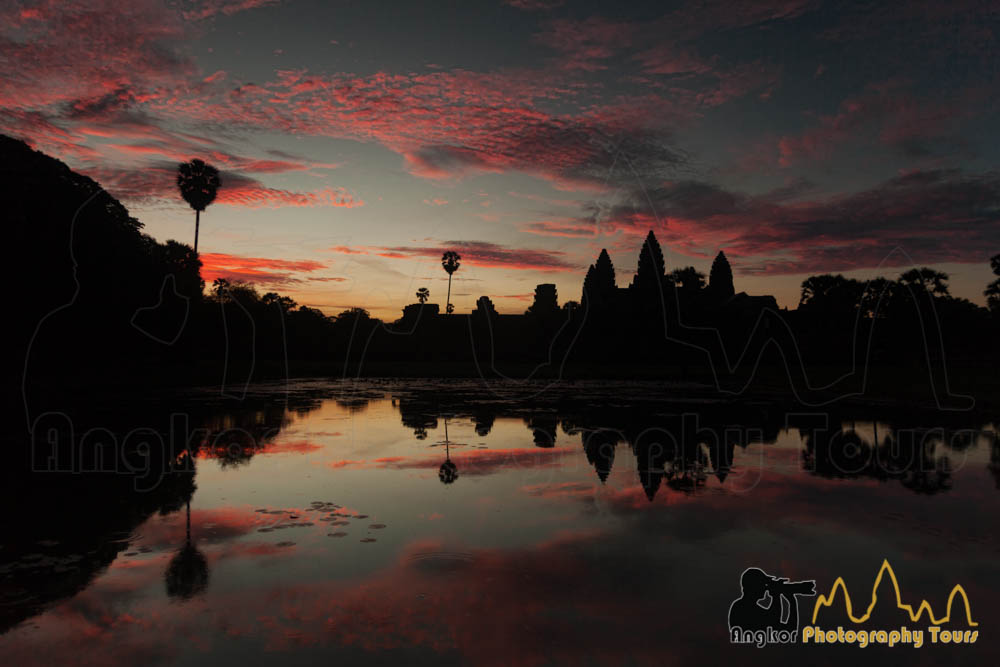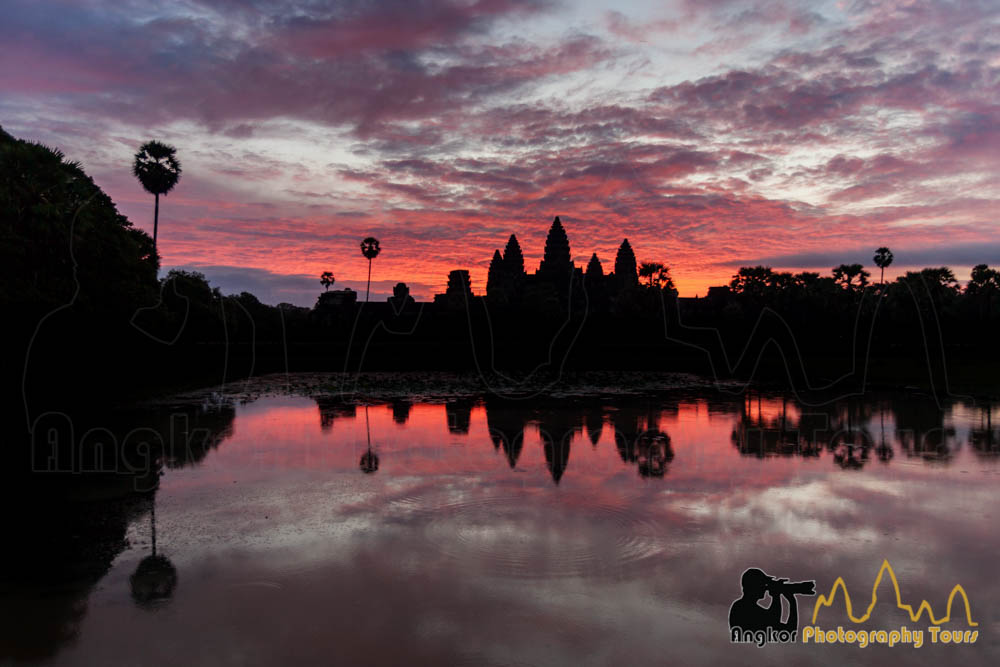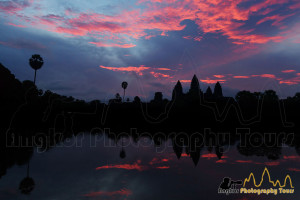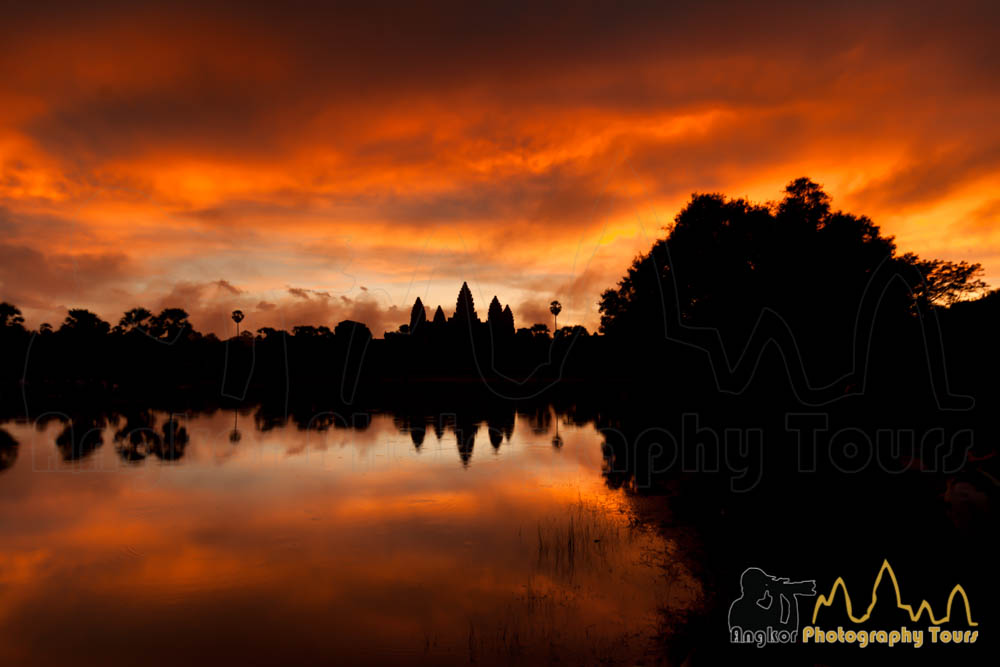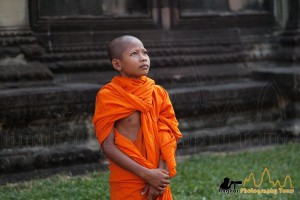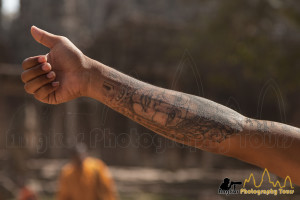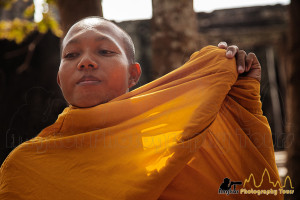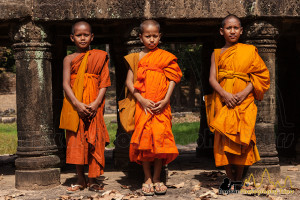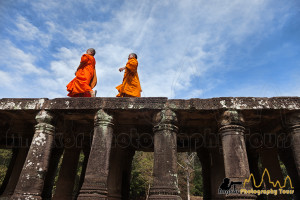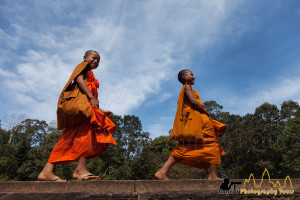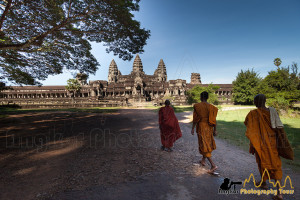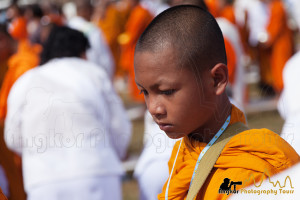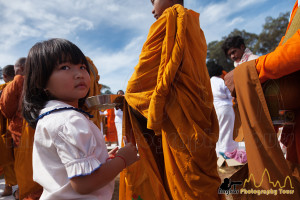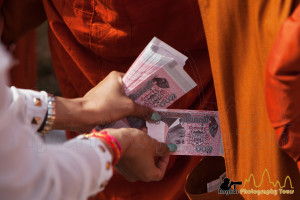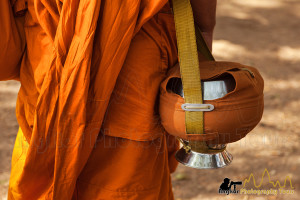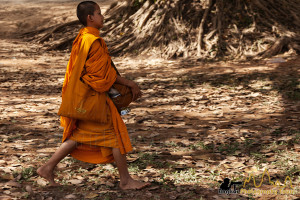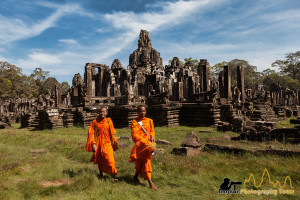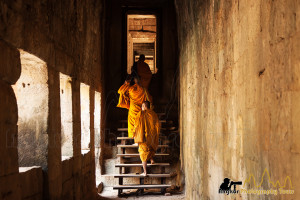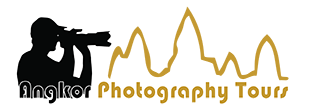Updated: April 2024
If you are planning to travel to Sri Lanka soon on a budget , we have few advices below and tips to help you out.
1. GET YOUR TOURIST VISA ONLINE
Only the citizens of Singapore, The Republic of Maldives and The Republic of Seychelles are exempt from an Electronic Travel Authorization (ETA) to enter Sri Lanka.
Sri Lanka visa fees were increased in December 2022 and two visas are available for tourists. These prices are for tourists outside ASEAN.
- 30-day tourist visa double entry: USD 50
- 180-day (6 months) tourist visa: USD 180
Please note that there is no visa fee for children under 12 for all nationalities.
Be careful as third-party websites exist and will come up first on Google (yes they do pay google ads…). They will charge you up to USD 75 for a tourist visa! Be sure you order your visa on the official website of Sri Lanka immigration. It will cost USD 35 USD and valid for 30 days.
Online visa is only USD 10 more expensive than a visa on arrival and will avoid you to queue. With the online visa you just need to present your passport at the immigration officer as you are already on the system. Please double check that your passport is valid for at least 6 months upon entry to Sri Lanka.
2. BUY A LOCAL SIM CARD
It is best to buy a local sim card and a data plan as soon as you arrive in Colombo airport. Pass the immigration and few phone operators are just before the exit doors. Few companies exist in Sri Lanka but we recommend Dialog, we found the coverage to be good in most places. They have also an app to monitor your consumption. I would recommend the Prepaid Tourist Plan. Here are Dialog prices in April 2024:
50GB data for Rs. 2,450 (USD 9) including Rs. 250 worth of local calls and SMS, valid for 30 days (unlimited Whatsapp)
In April 2019, the plan was 10GB of data for Rs. 1,299 (USD 7) including Rs. 350 of local calls and SMS. Extra 10 GB was Rs. 1,000.
3. PREFER HOMESTAYS INSTEAD OF HOTELS
Homestay in Sri Lanka have pretty good value and the price range is between 10 and 20 USD depending on the location. Generally breakfasts are not included and most of the time the owners can cook for you Sri Lankan traditional plates. They can help you out as well in your travel plans. You can find many ones on booking.com, using the app can give further discounts, no credit cards are necessary for many of them during booking.
4. TAKE ADVANTAGE OF SRI LANKA RAILWAY SYSTEM
With more than 1500 km of railway is a very convenient and cheap transportation to go from one point to another. Even if it is a slow mode of transport, it can be fun and some lines like the Kandy-Ella that became a huge hit with tourists. If you travel on second class, a 60 km journey will cost you less than USD 1. You can check timetables and fares on the website of Sri Lanka Railways or here.
5. TUK-TUK AND TAXIS
Tuk-Tuks (also called three-wheelers) are very popular in Sri Lanka for short but also long distance journeys. The difficulty for a traveller arriving in a city for the first time, is to know the standard fare or a journey and of course if you get a tuk tuk in a touristic city you have a lot of chance to overpay.
As soon as you have your local card, you can download the app called PickMe, a taxi hailing app with which you book tuk tuk, nano and a whole range of cars, even vans. Although you can install pickme from your home country, drivers always call to confirm the ride, so it will be an issue once you are in Sri Lanka. Pickme is getting popular and it is now available in Kandy in 2024. In 2019, it was difficult to get a driver in Ella. In Colombo however it is not issue to get drivers in few minutes.
In 2024, we estimated fares to be about 80 Rs. using UBER tuk tuks. If you have to cover a long distance it is safer to get a private car. To cut down the cost, it is a good idea to share a ride with other travellers.
| Mode of Transportation | Distance in km | Total Price Rs. | Price per Kilometer in Rs. |
|---|---|---|---|
| Taxi | 93 | 11000 (USD 36.42 ) | 118 |
| Train (1st Class) | 116 | 2000 (USD 6.7) | 17 |
| tuk tuk (Uber) | 5.7 | 436 (USD 1.45) | 76 |
Prices for different transportation in April 2024 (daily LKR/USD rate was applied)
5. STAY AWAY FROM THE CROWD
It is not difficult in Sri Lanka to stay away from the crowd. It is worth it, not only for activities and scenic spots but also for food. Food prices in the center of Ella and Fort Galle are much expensive than in other less touristic town. Try to find a place a bit away from the main street or ask your hotel or homestay what are their meal options.
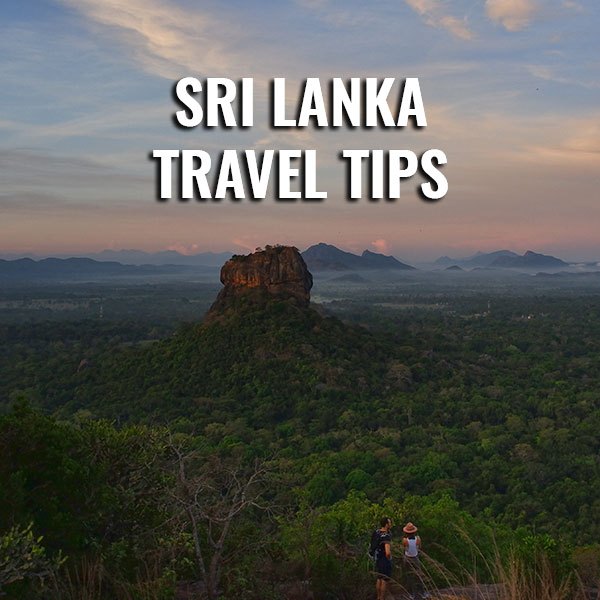
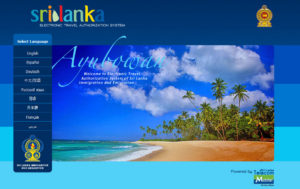

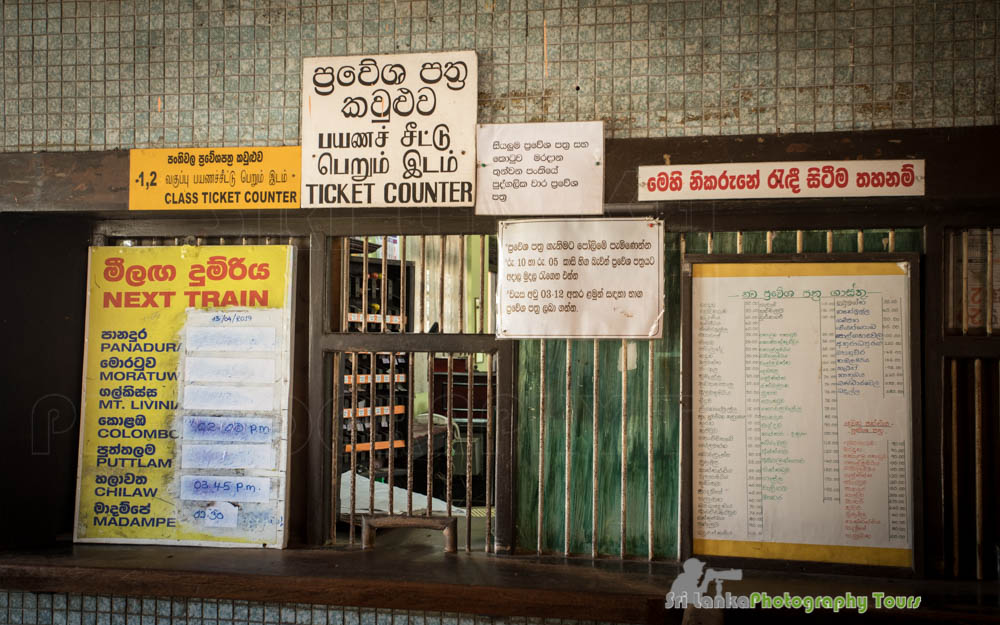
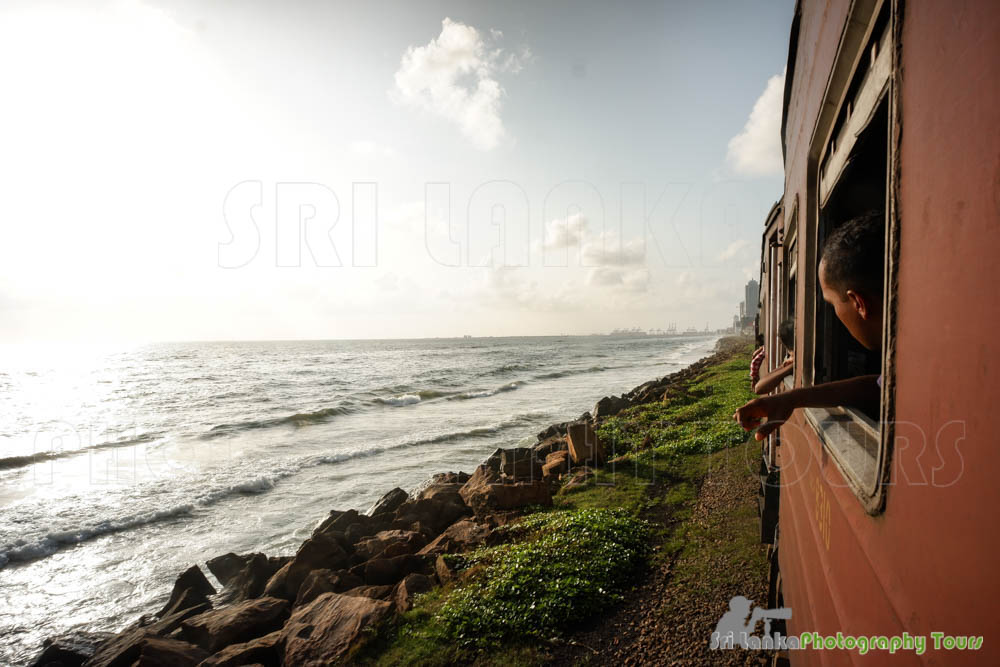


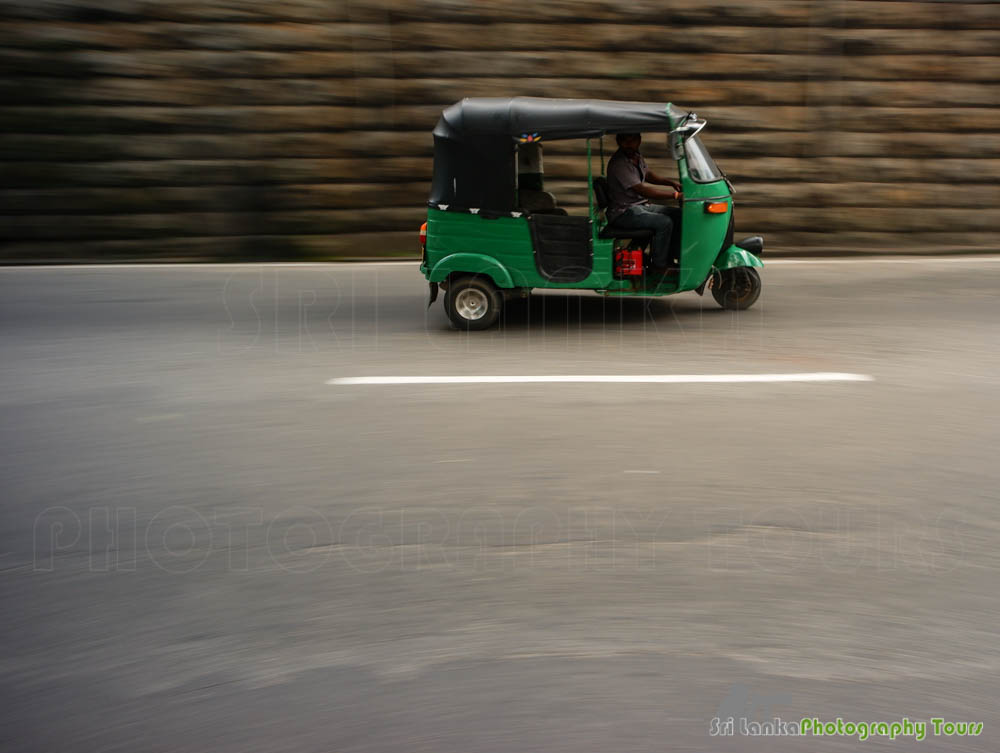
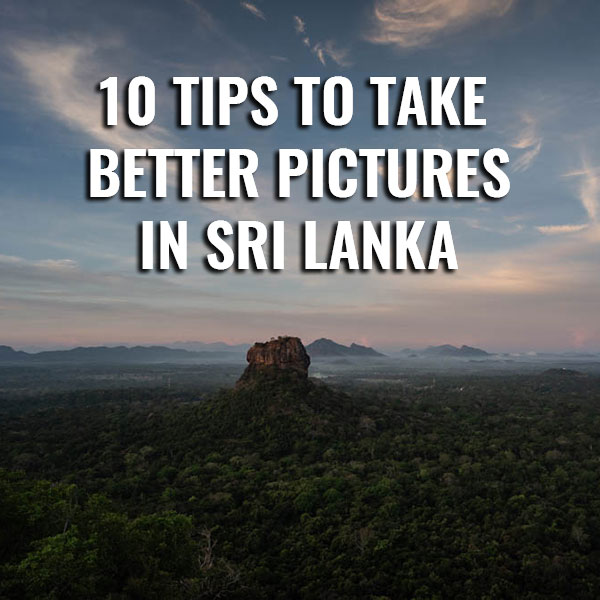
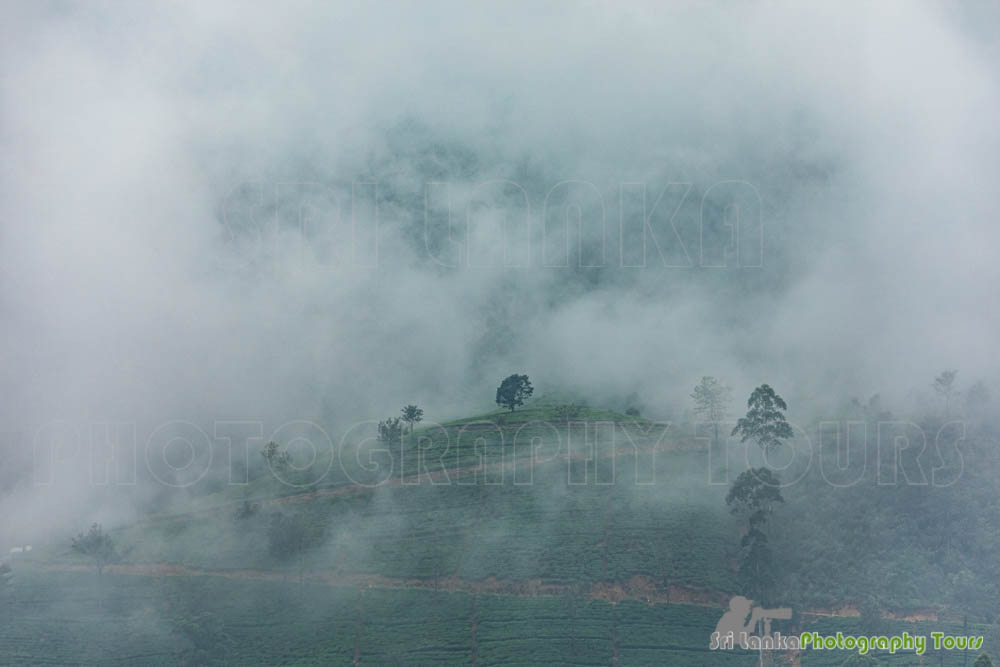
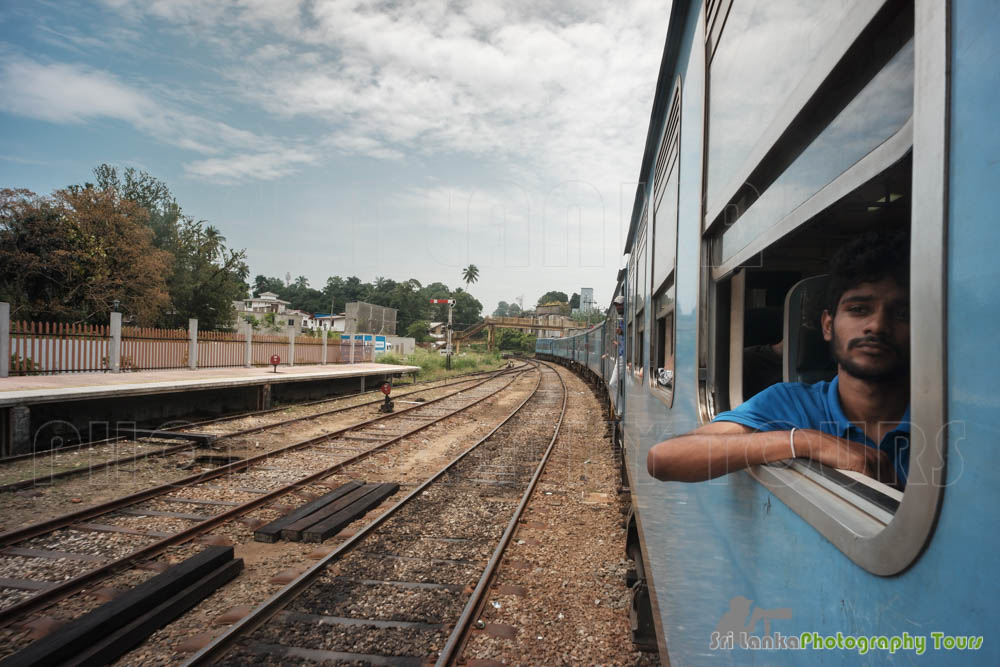
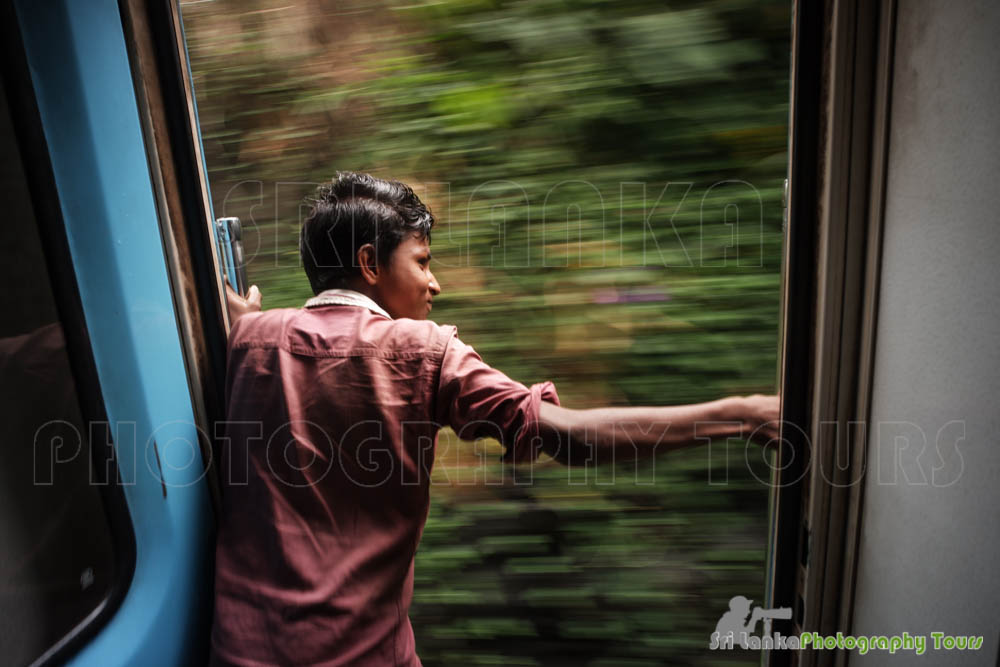
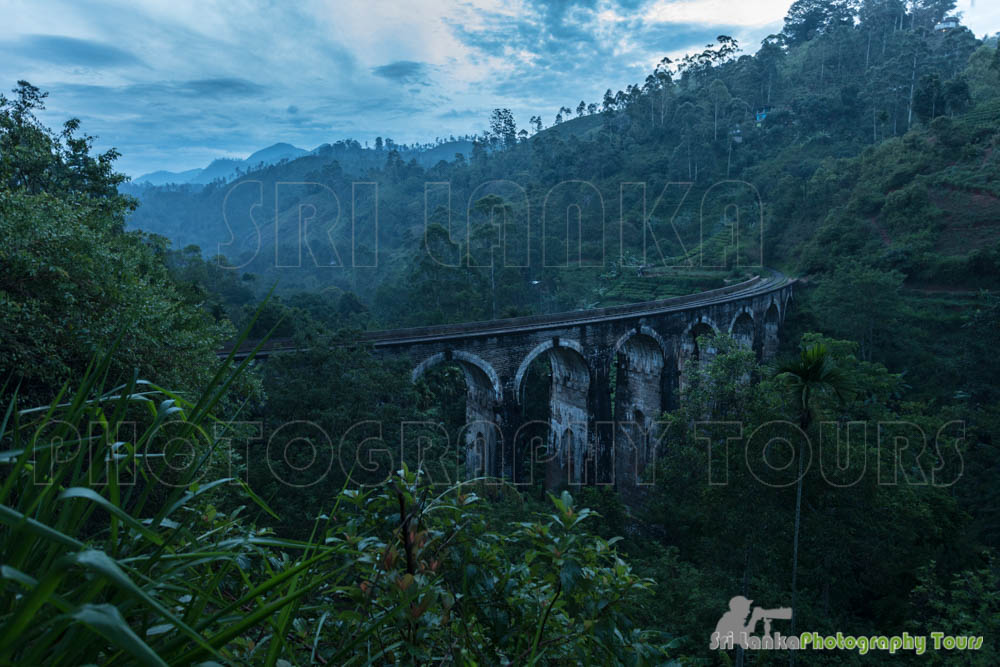
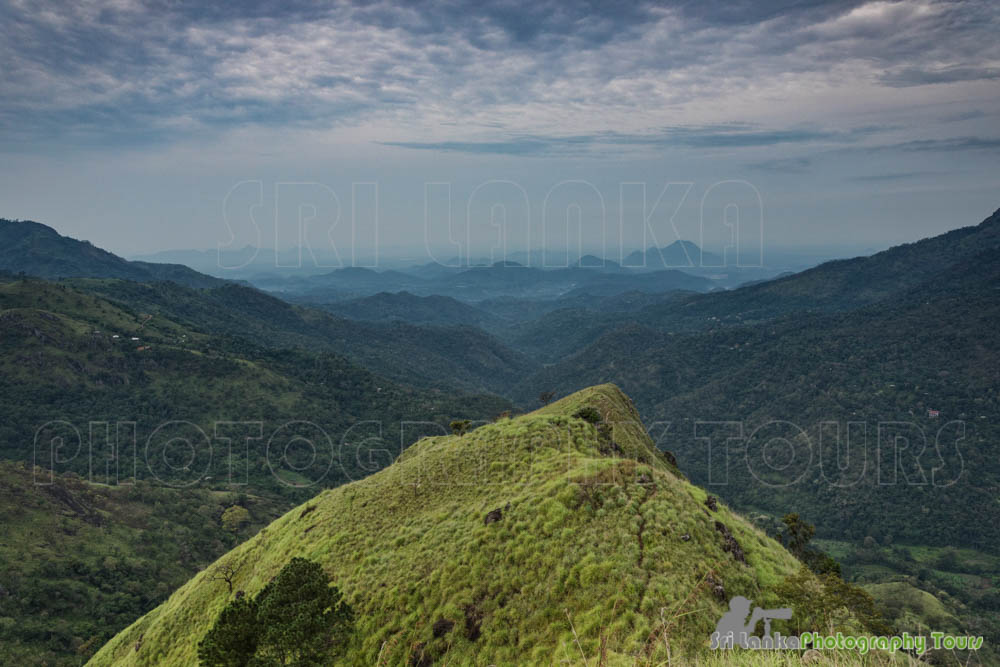
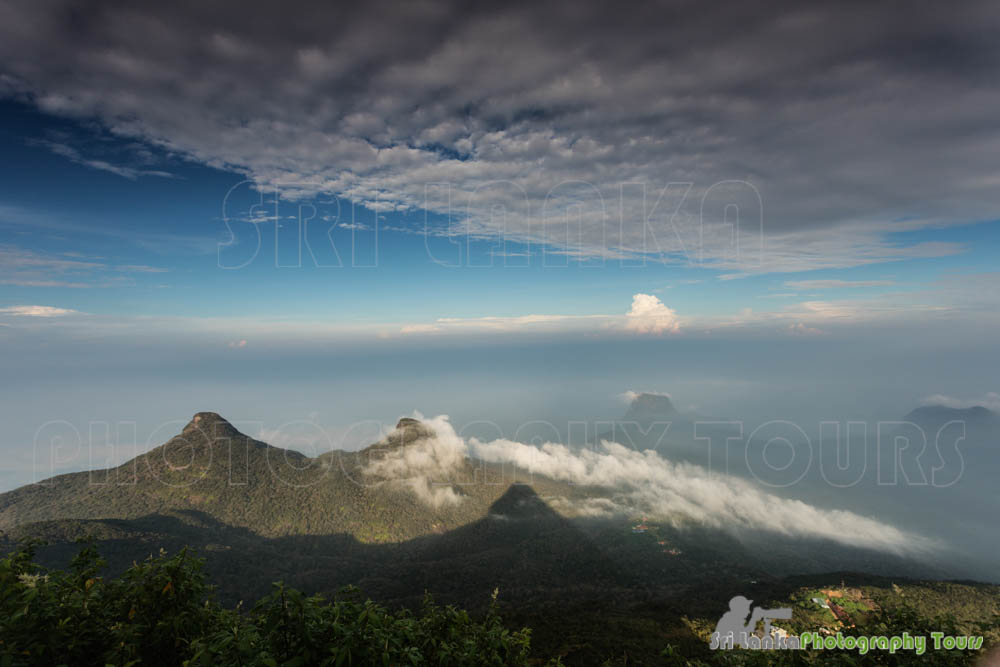
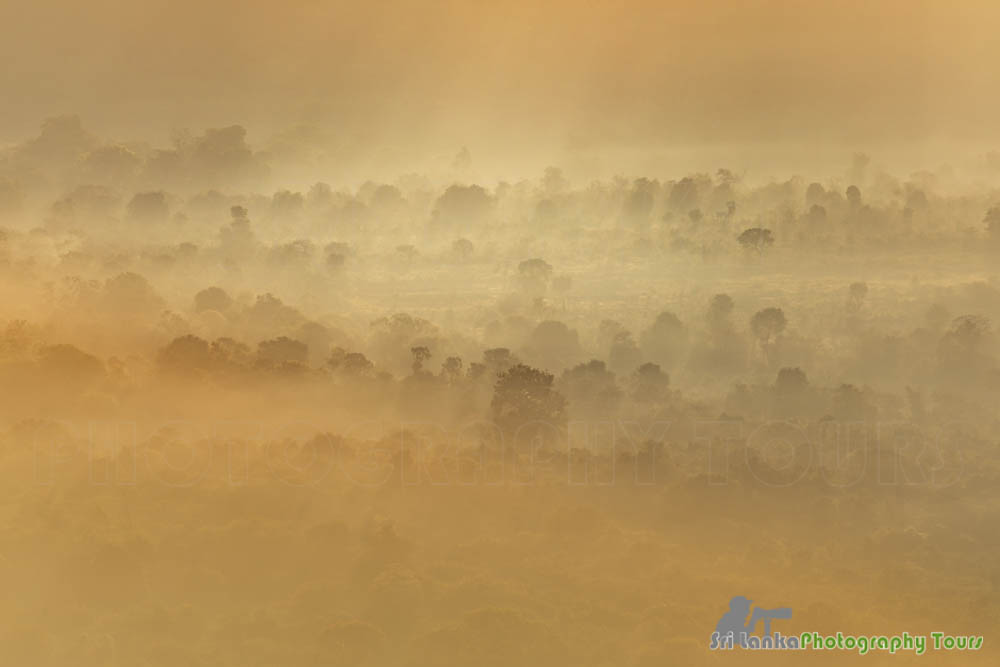
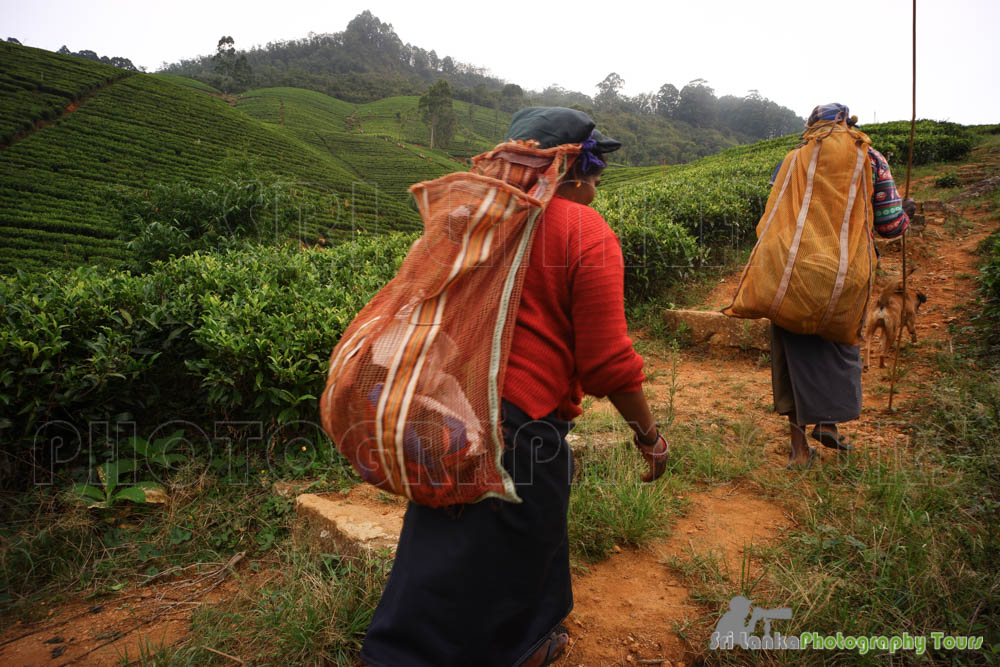
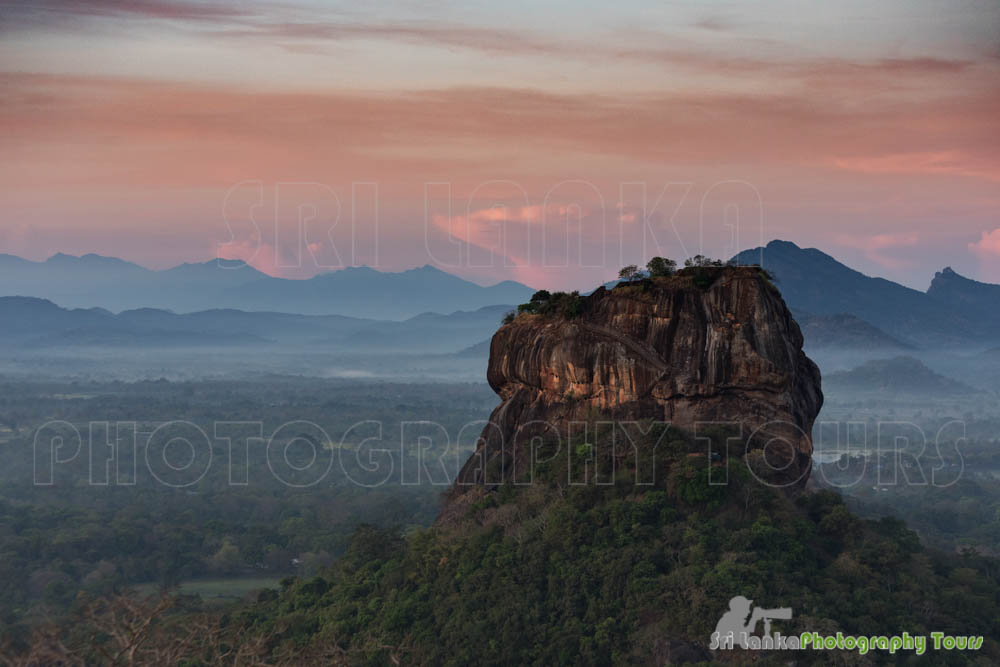
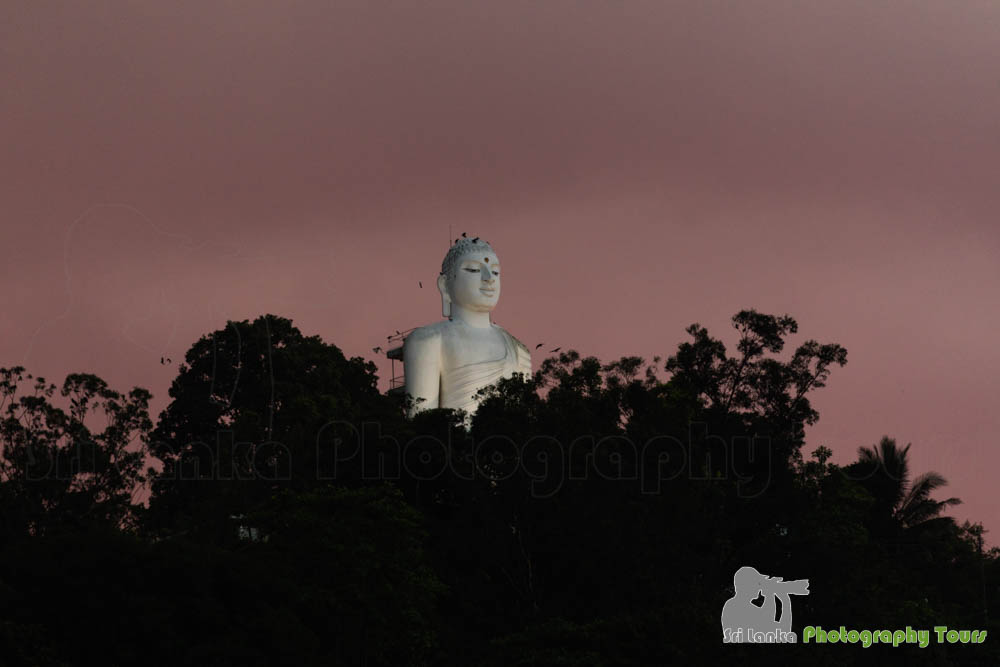
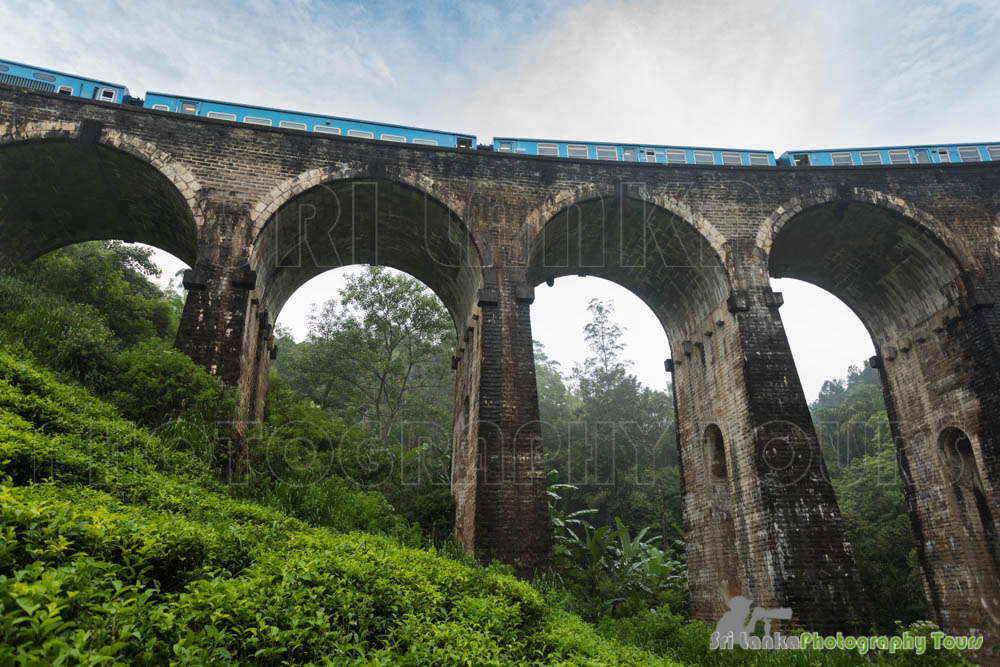
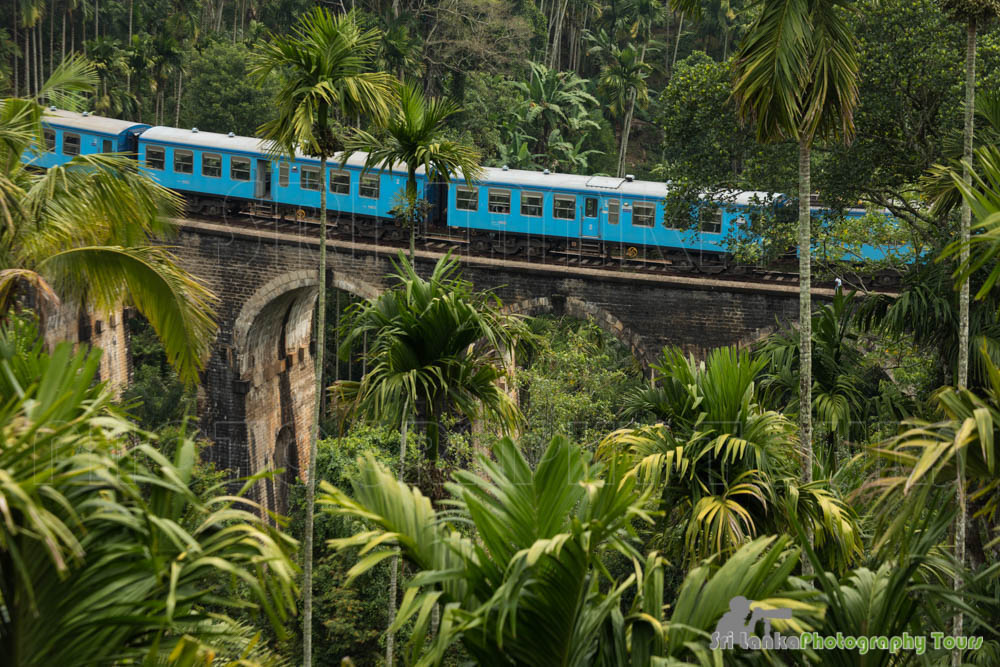
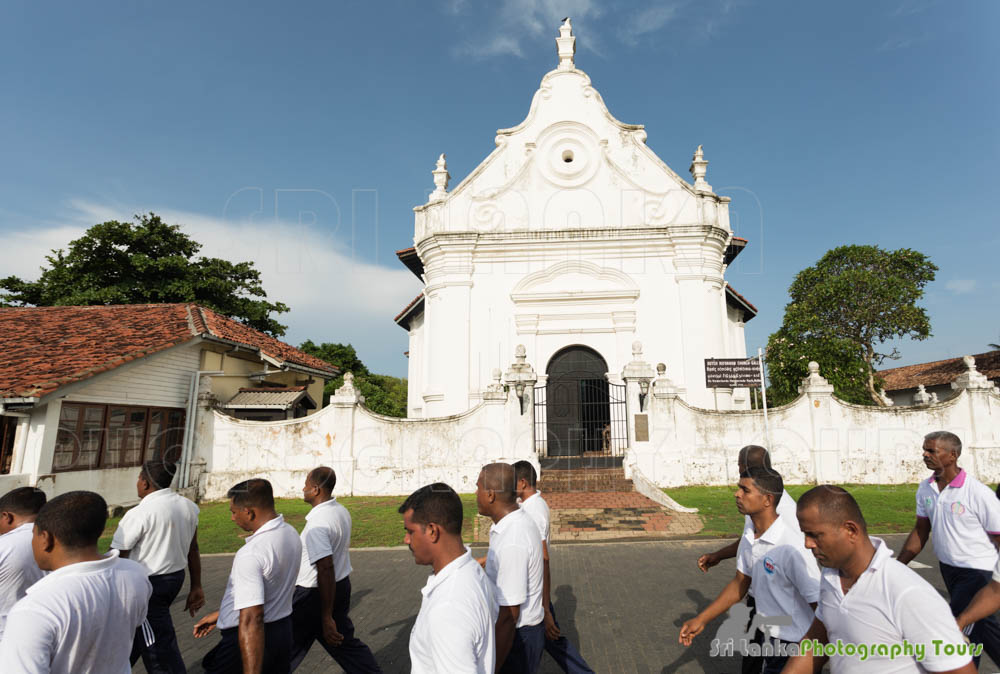
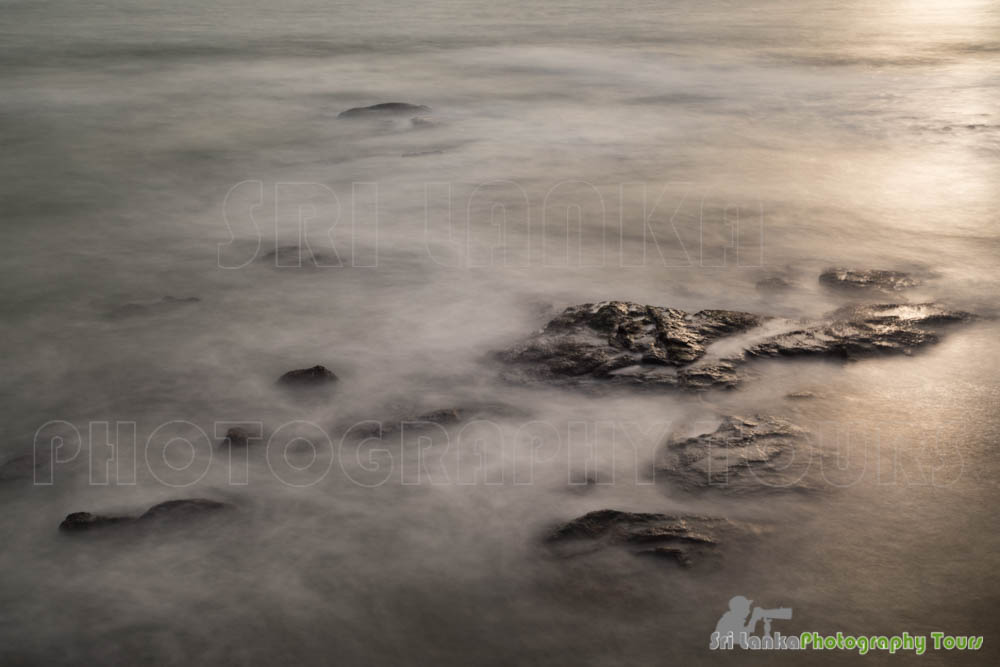
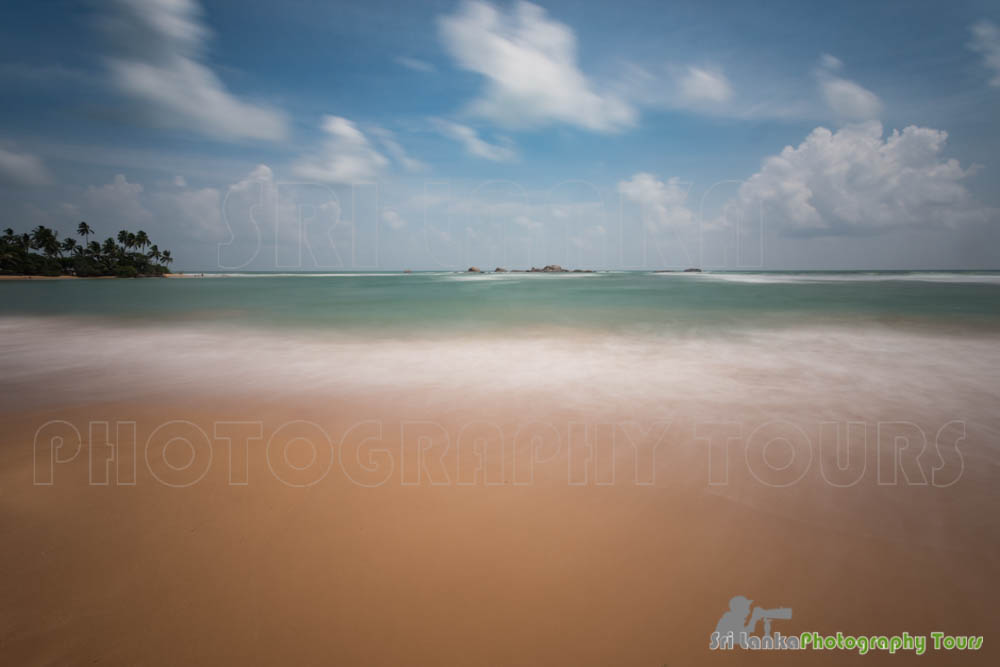
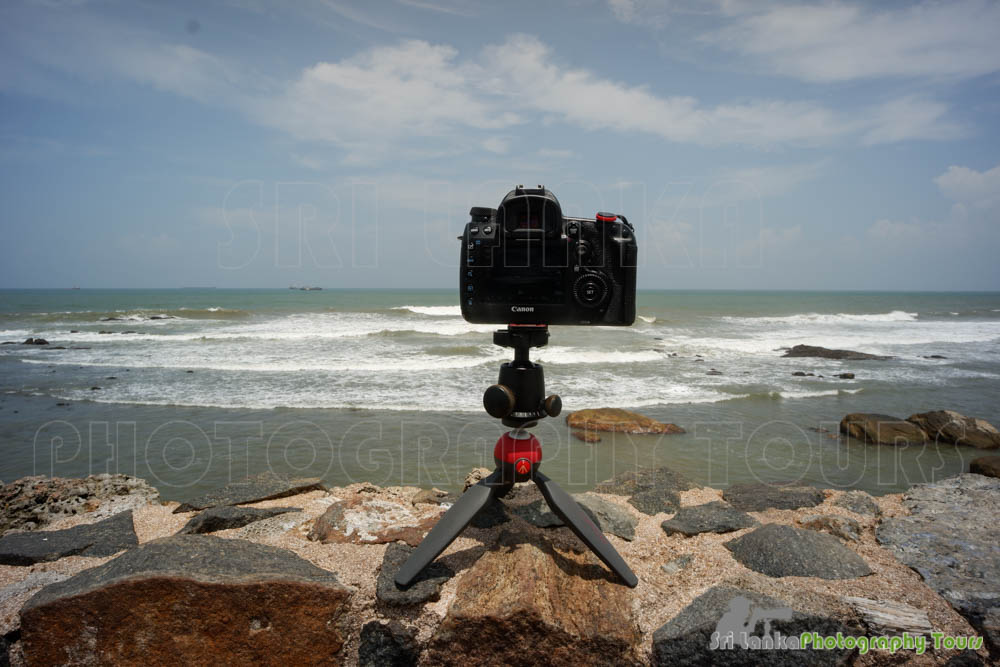
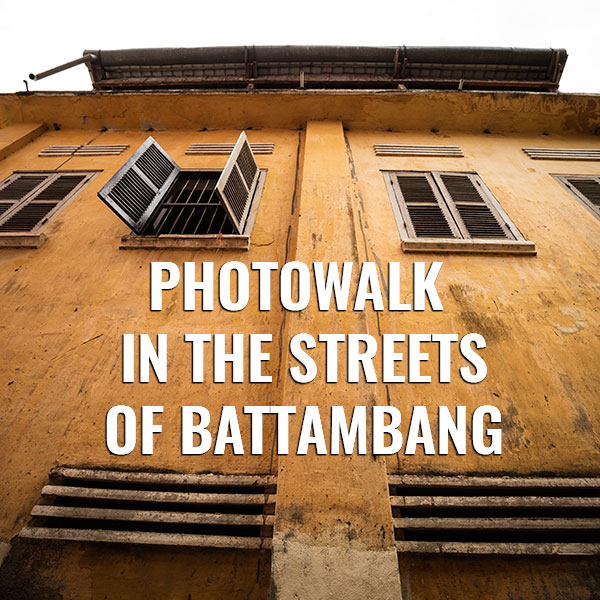
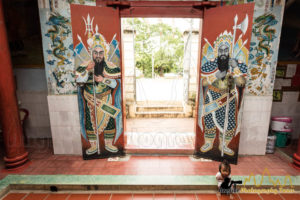
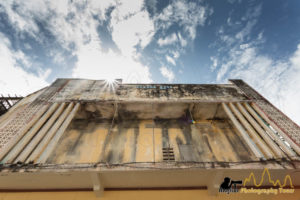 New Khmer Architecture building (Sangkum Reastr Niyum)
New Khmer Architecture building (Sangkum Reastr Niyum)